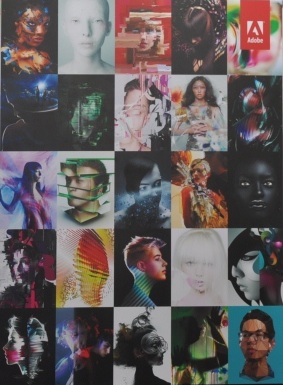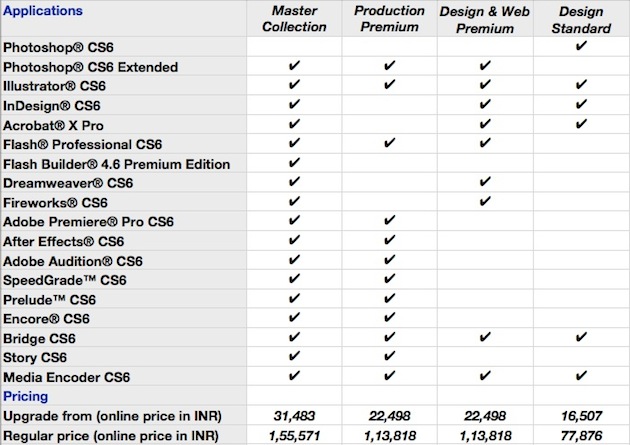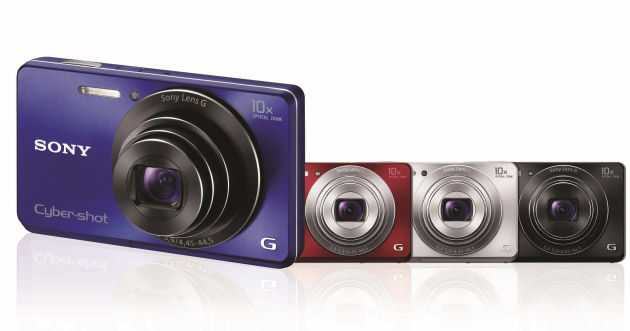It can take up to six months, research shows, to get a new business application up and running, from buying the hardware to fine-tuning the software. An estimated 70 percent of corporate technology budgets is spent on installing, updating and maintaining current technology — keeping the digital lights on.
Although the problem has been developing for a long time, technology managers and analysts agree it is growing worse. That’s because the pace of technological change is accelerating and business users expect more services, faster. The difficulties, by all accounts, are worldwide.
“The current model is broken, it doesn’t scale,” said Sunil Bajpai, group general manager for the Center for Railway Information Systems, the technology arm of India’s state-owned railway system. “The demand for new applications and the demand for data are endless. We have to simplify.”
I.B.M. is bringing its answer to the marketplace on Wednesday — an effort that industry executives and analysts say is the most ambitious step yet to simplify and streamline data center technology. With this initiative, I.B.M. will sell bundles of server hardware and software packaged in simplified systems, with setup and maintenance automated by intelligent software. Tasks that now take days or weeks can be reduced to hours, the company claims.
The so-called expert integrated systems, known as PureSystems, are the product of a $2 billion investment in research and development and acquisitions over the last four years, I.B.M. says.
Other major suppliers — including Oracle, Hewlett-Packard, EMC, Cisco and Dell — are moving along the same path.
Without real progress in making data centers nimble and efficient, more corporate computing chores, analysts say, will be farmed out to the cloud — remote data centers managed by others, with programs delivered over the Internet. The major technology companies all have cloud offerings, but their mainstay business remains selling hardware and software to corporate customers.
Hardware suppliers like H.P., EMC and Cisco, analysts say, are getting together to sell server computers and storage and networking equipment in packages. But these companies, they say, lack the extensive software assets and expertise of Oracle, the database and business applications giant, which acquired Sun Microsystems, a maker of both hardware and software, in a $7 billion deal that was completed in 2010.
Oracle offers hardware and software packages, tailored for specific computing chores like database queries and data analytics, which carry the branding prefix “exa,” as in Exadata and Exalytics.
I.B.M. is taking a similar approach, but going further in terms of the variety of software options offered, including systems that are ready to run Web applications on top of I.B.M.’s Websphere middleware, according to John R. Rymer, an analyst at Forrester Research.
The I.B.M. options include four operating system environments — Linux running on either Intel microprocessors or I.B.M.’s Power chips, I.B.M’s AIX and Microsoft’s Windows. And there are four choices of load-juggling, virtualization software including VMware (a unit of EMC), Red Hat’s KVM, Microsoft’s Hyper-V and I.B.M.’s PowerV.
“It’s not an I.B.M. proprietary design — this is a multivendor offering,” said Steven A. Mills, I.B.M.’s senior vice president in charge of hardware and software.
The hardware is a bundle of I.B.M. processing, storage and networking, and it includes systems management software that has been under development for years. The company says the management software allows for automated installation and updates of programs, and monitoring of the performance of all the hardware and software — operating systems, virtualization programs, databases, middleware and applications.
Software applications suppliers, who have been briefed on I.B.M.’s plans, are enthusiastic about the automated tools to peer into all the layers of software and hardware. Infor, the third-largest maker of business applications software, after SAP and Oracle, fields about a million customer-support calls and online inquires a year.
Only about 3 percent of the customer problems are directly attributable to issues with Infor applications, said Charles Phillips, Infor’s chief executive. Typically, Mr. Phillips said, an Infor application will begin performing poorly because of changes elsewhere in a computer system, like an operating system patch or the addition of storage disks.
“But we always get the first call because the application is what users see,” he said. “So we end up having to diagnose the entire stack.” The automated tools in the I.B.M. systems, he added, could cut Infor’s support costs.
Larry Augustin, chief executive of SugarCRM, a supplier of Web-based customer relationship management software, said the automated installation and configuration software in the I.B.M. systems could be a big help. For customers who want to run SugarCRM from their own servers, Mr. Augustin said, “We won’t have to spend as much time getting them up and running.” He added, “This is going in exactly the right direction.”
The new I.B.M. systems start at $160,000 and become generally available in June. How well they will do in the marketplace is uncertain, but analysts say they represent a shift toward simplifying corporate technology that seems inevitable.
“Enterprise technology is really struggling to keep up with the demands of businesses that have to move faster and faster,” said Matthew Eastwood, an analyst at IDC. “This is the next step that needs to take place in data centers.”









